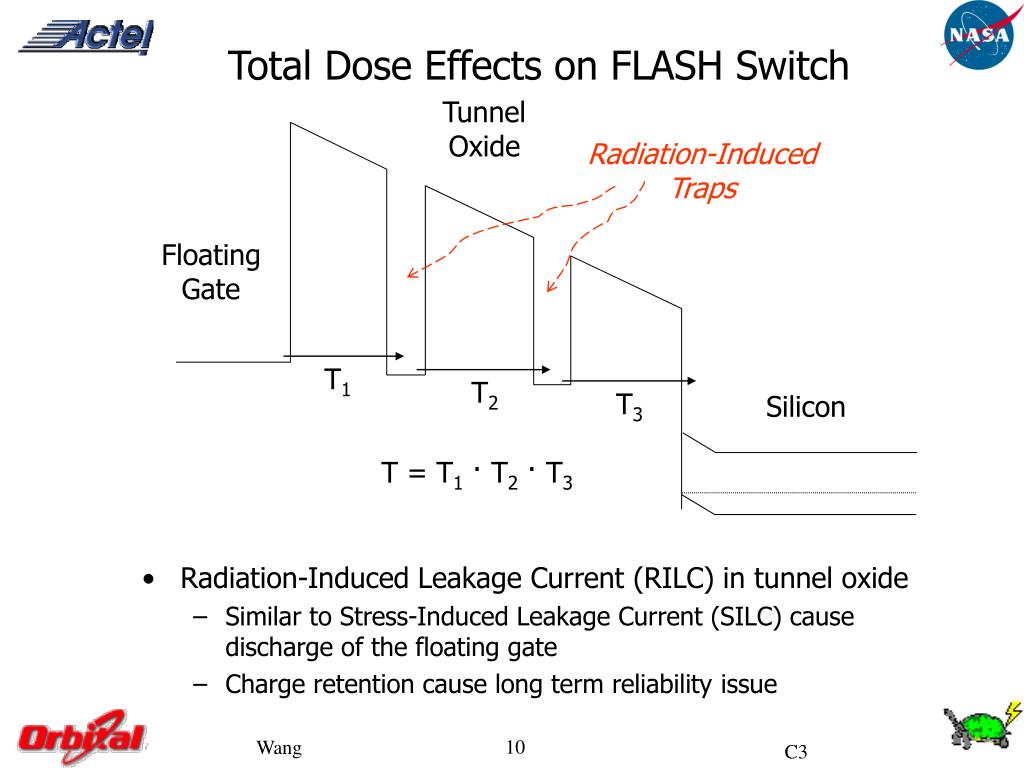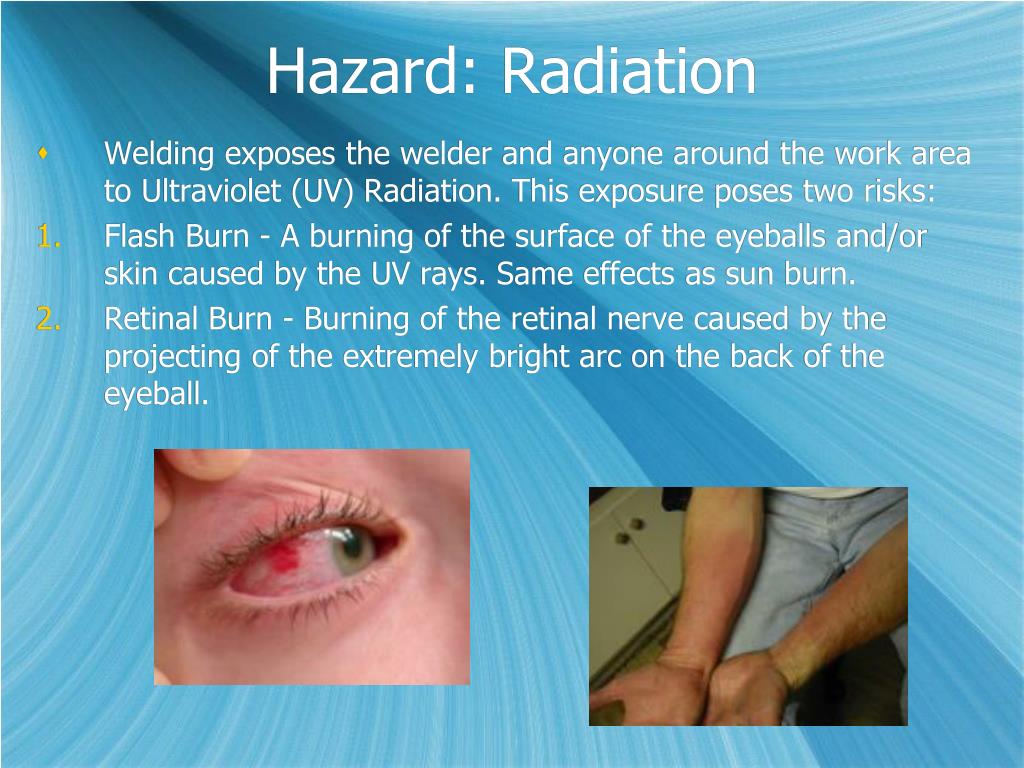

Due to the unique depth dose distribution of particles following the Bragg curve, no radiation is applied to tissue behind the tumor, as particles are stopped in the Bragg peak. Already in 1946, the idea of using protons for radiotherapy was introduced by R.R.

either by enhancing the efficiency of tumor control or by reducing the risk of side effects. The main aim of modern radiotherapy is to widen the therapeutic window, i.e. Therefore, healthy tissue is also damaged in the beam path in front (proximal) and behind (distal) the tumor, which limits the dose that can be applied to the tumor. Radiation affects tissue by damaging DNA in the cells. The most frequently used method worldwide is intensity modulated radiotherapy (IMRT) using x-rays. The application of radiation from the outside of the body (external beam, EBRT) is the major way of applying radiotherapy. Approximately 50% of all cancer patients worldwide are treated using radiotherapy. Radiotherapy (RT) is besides chemotherapy, surgery and immunotherapy, one of the four pillars of cancer treatment. Proton minibeam therapy, pMBRT, FLASH therapy, Hypofractionation, High dose, pMB FLASH, Radiotherapy. We will also highlight the opportunities that emerge regarding high dose radiation, hypofractionation and the combination with immunotherapy. Additionally, technical feasibility and limitations will be discussed by looking at simulations as well as preclinical studies and also pointing out new ways of delivering the desired tumor dose, such as interlacing. The possibility of combining these methods in proton minibeam FLASH therapy (pMB FLASH) is worked out. the treatment using ultra-high dose rates. A further newly emerging therapy method is FLASH radiotherapy, i.e. The major results acquired in these studies are summarized.

#FHASH RADIATION SKIN#
In the last decade, several preclinical studies have been conducted addressing normal tissue sparing and tumor control in-vitro and in-vivo, using human skin tissue and mouse or rat models. In this review, the physical and biological principles regarding dose distribution and healing effects are explained. Due to scattering, the delivered small beams widen in the tissue ensuring a homogeneous dose distribution in the tumor. Proton minibeam radiotherapy (pMBRT) is an external beam radiotherapy method with reduced side effects by taking advantage of spatial fractionation in the normal tissue. This is an open-access article distributed under the terms of the Creative Commons Attribution License, which permits unrestricted use, distribution, and reproduction in any medium, provided the original author and source are credited. pMB FLASH – Status and Perspectives of Combining Proton Minibeam with FLASH Radiotherapy. Institut für angewandte Physik und Messtechnik, Fakultät für Luft- und Raumfahrttechnik, Universität der Bundeswehr München, Werner-Heisenberg-Weg 39, 85577 Neubiberg, Germany *Corresponding Author: Judith ReindlĮ-mail: date: AugAccepted date: September 28, 2019Ĭitation: Reindl J, Girst S. Review Article - Journal of Cancer Immunology (2019) Volume 1, Issue 1 pMB FLASH - Status and Perspectives of Combining Proton Minibeam with FLASH Radiotherapy


 0 kommentar(er)
0 kommentar(er)
